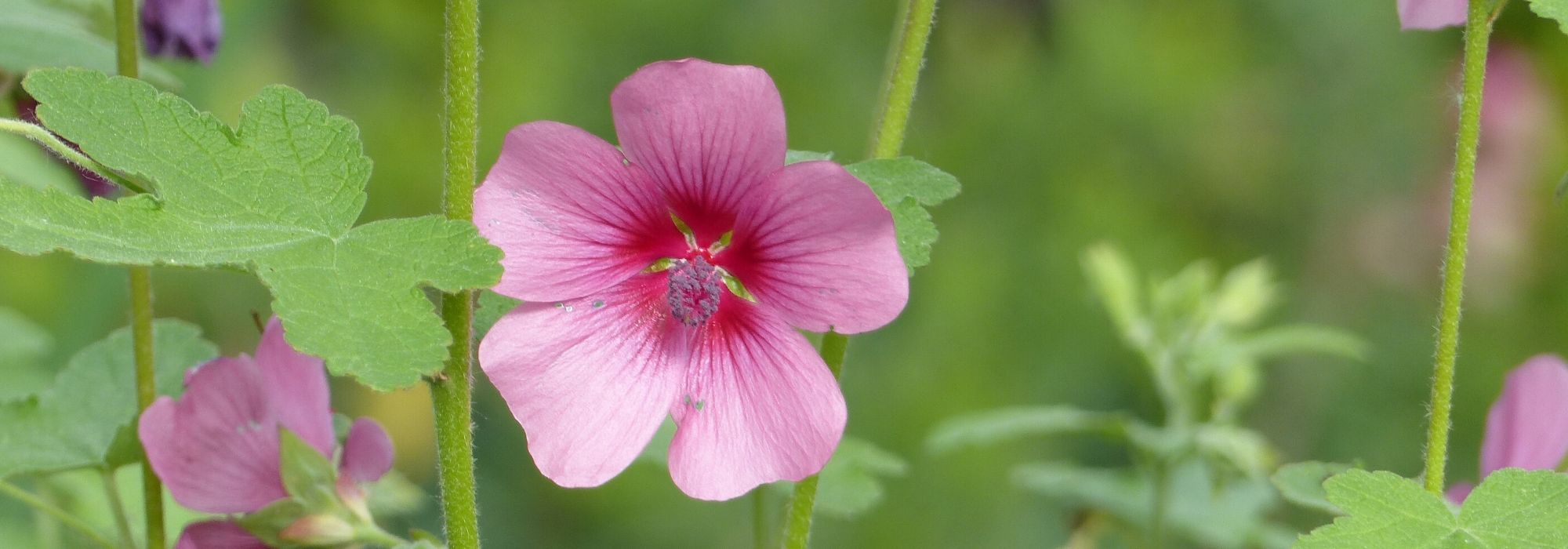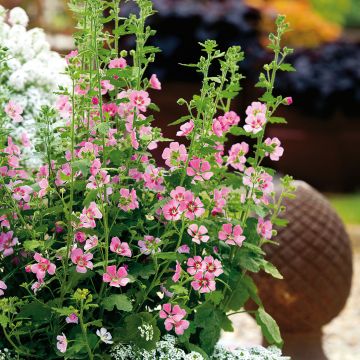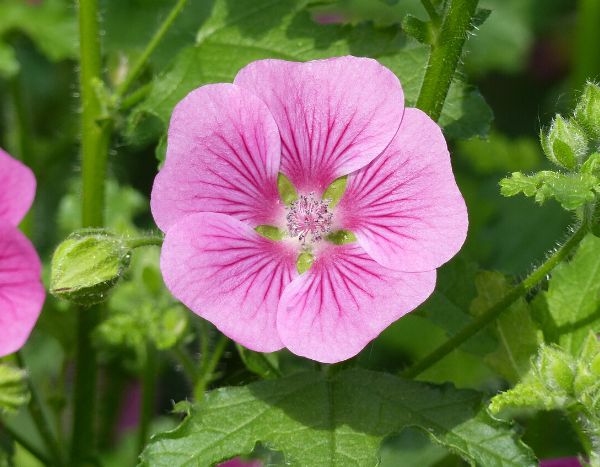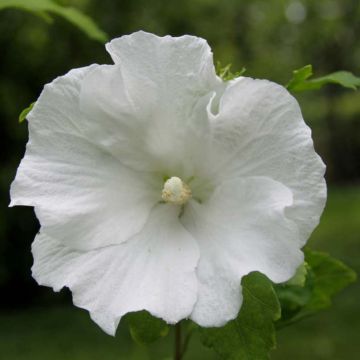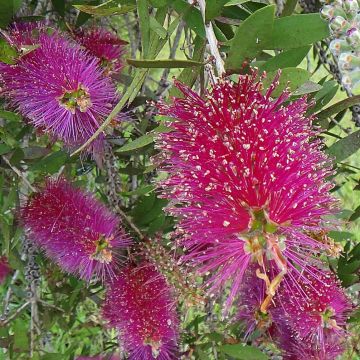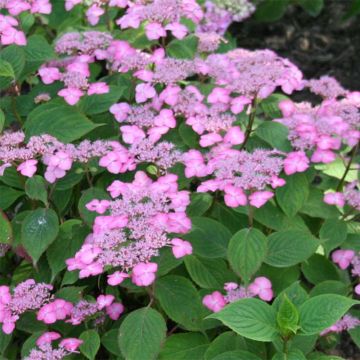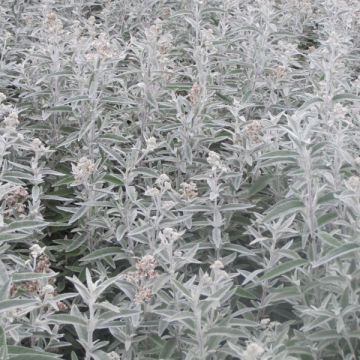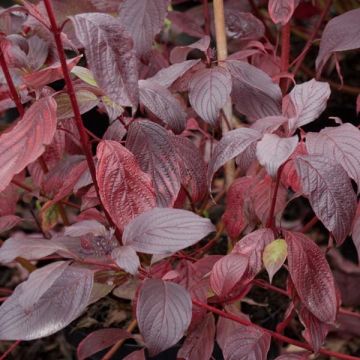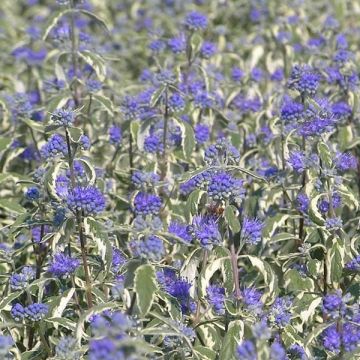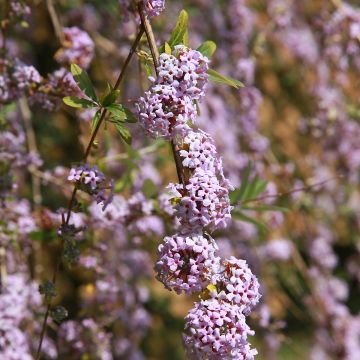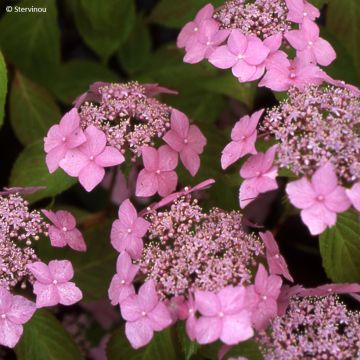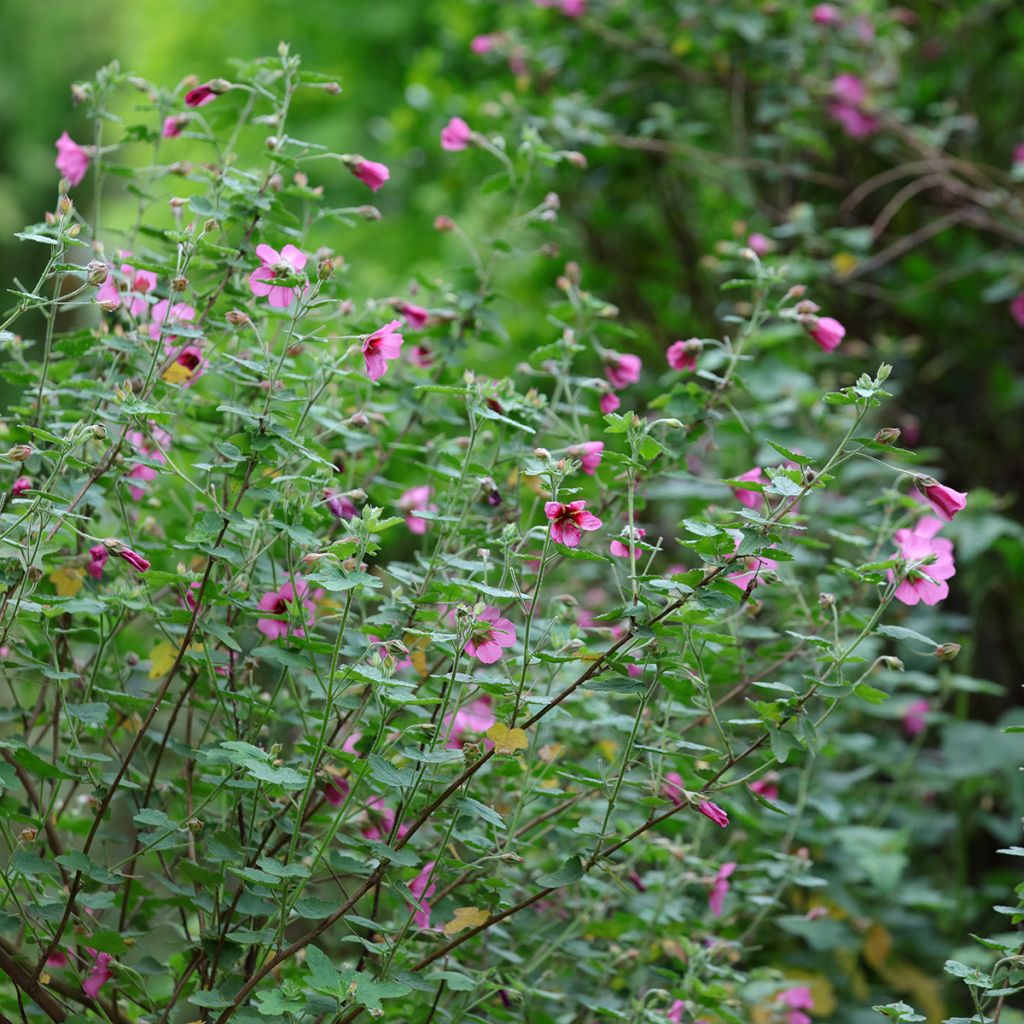

Anisodontea capensis El Rayo
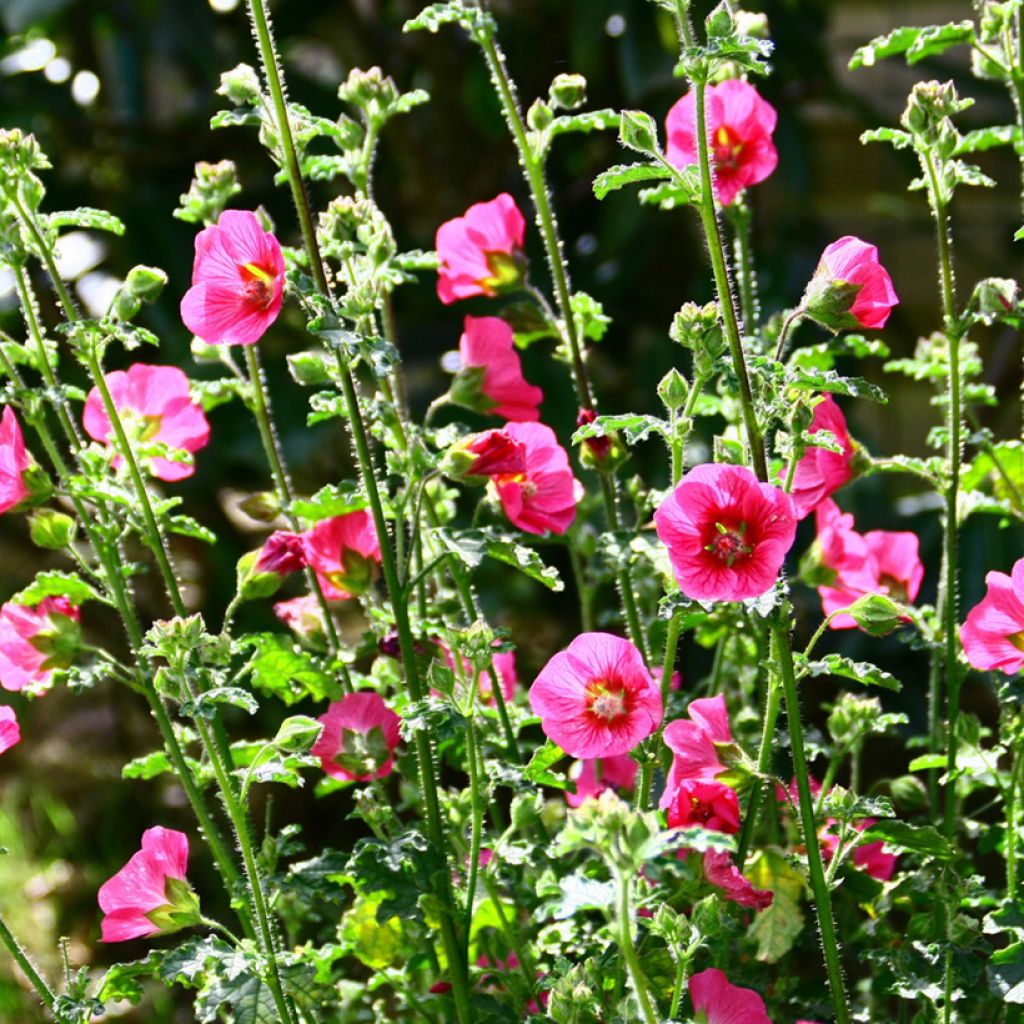

Anisodontea capensis El Rayo
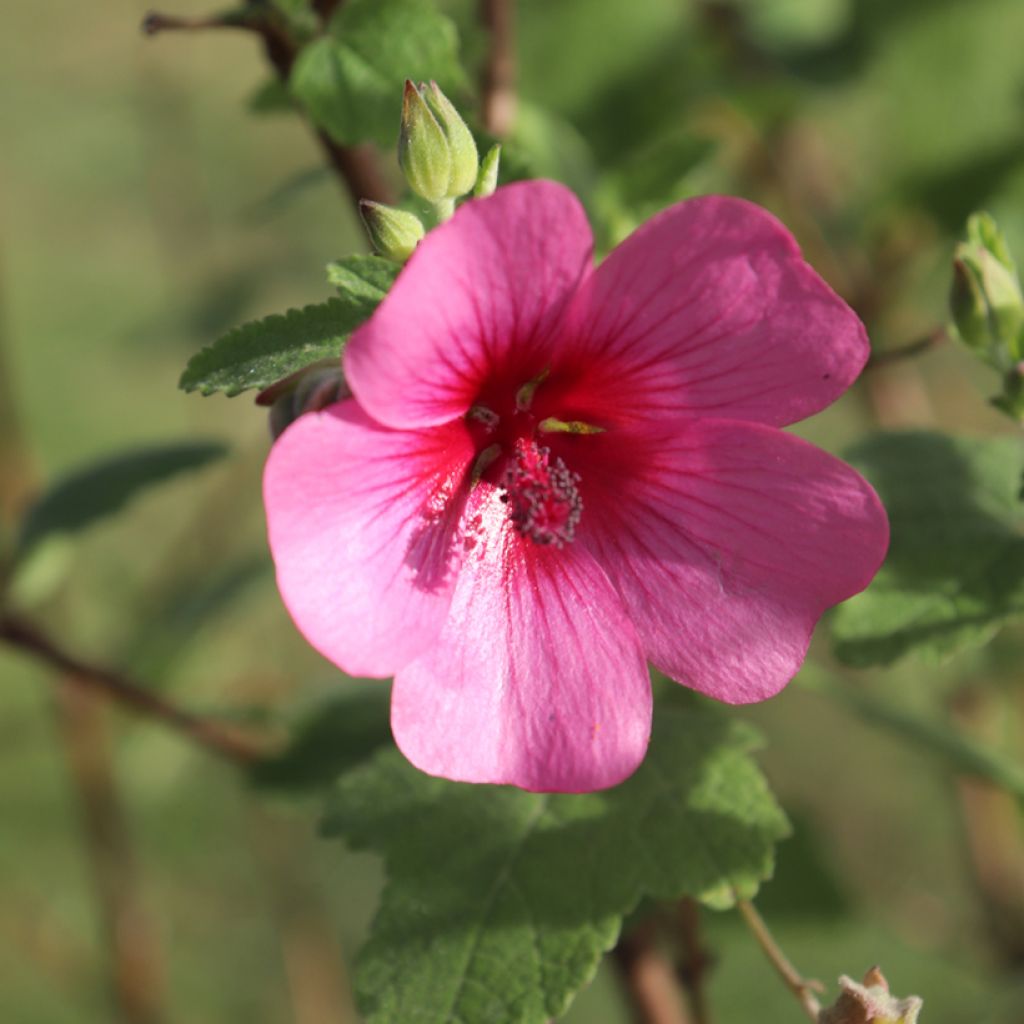

Anisodontea capensis El Rayo
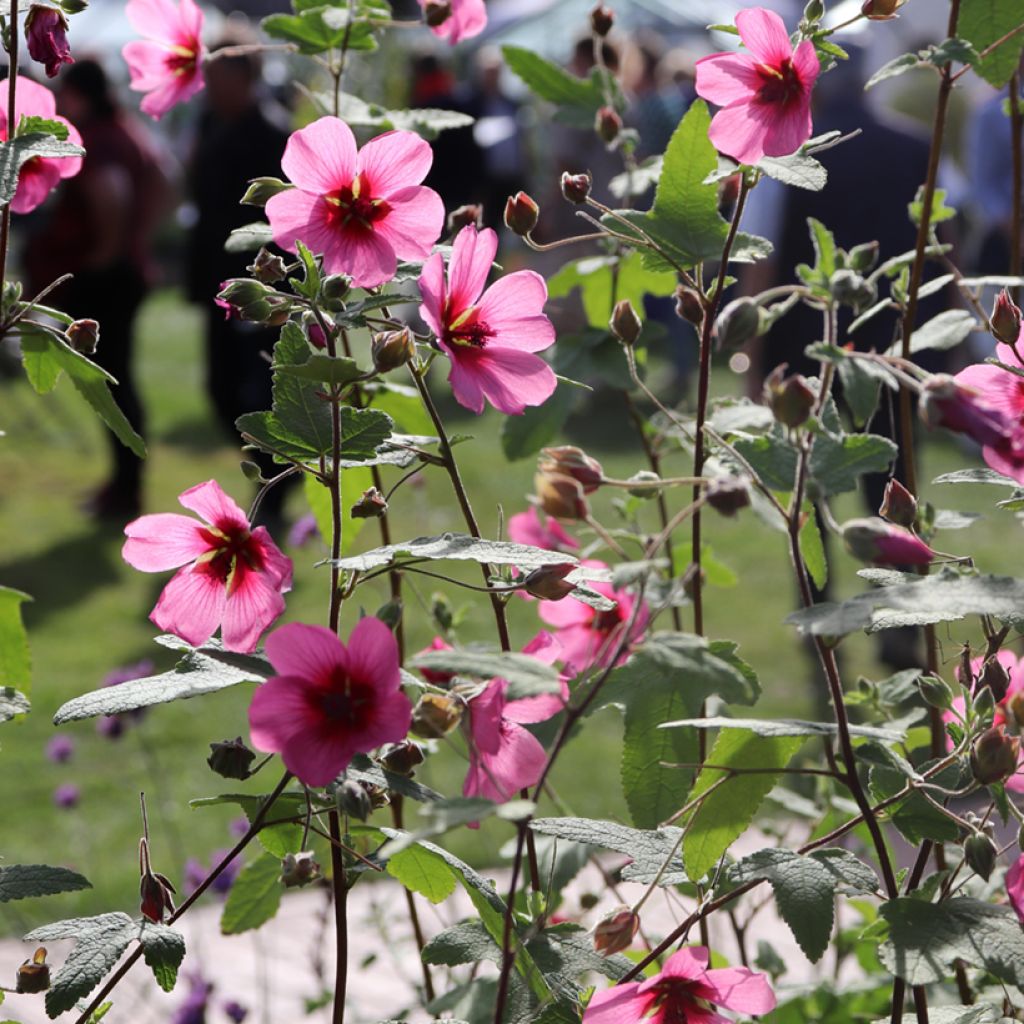

Anisodontea capensis El Rayo
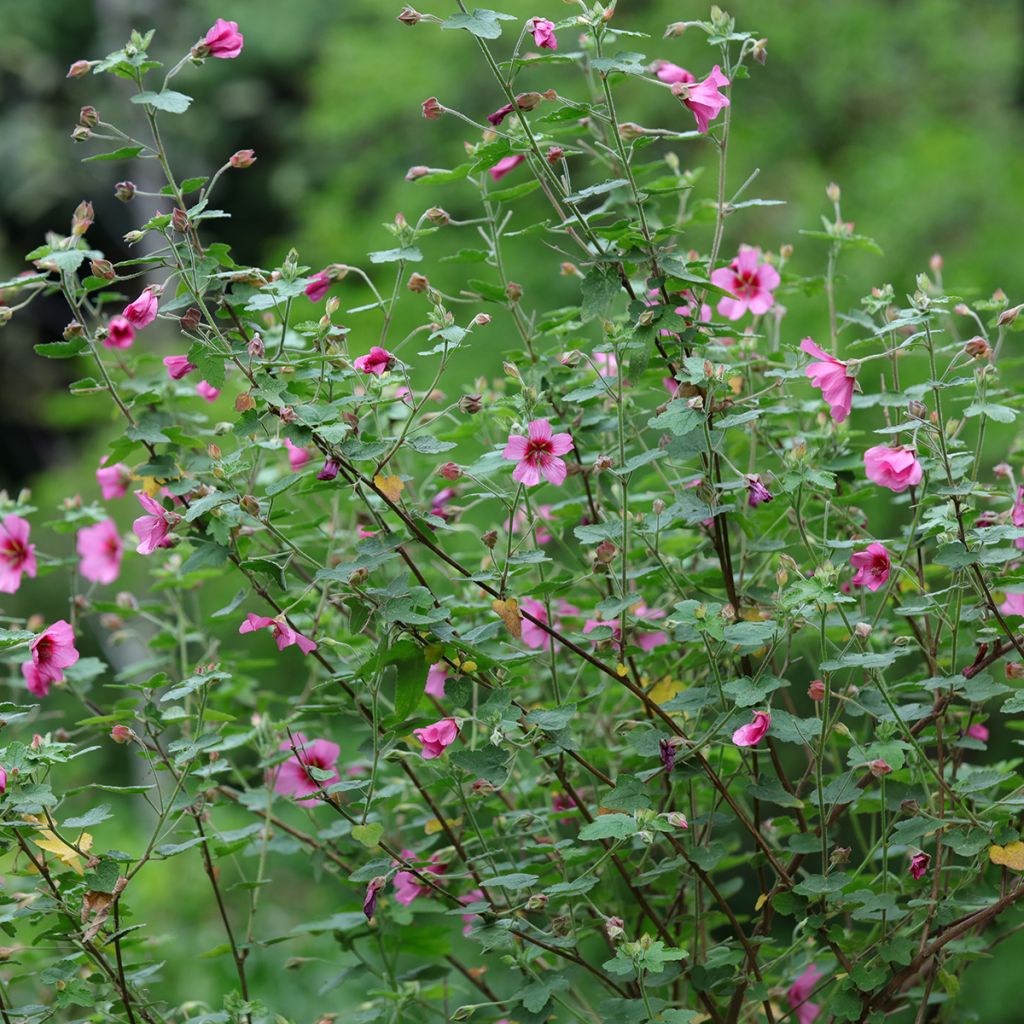

Anisodontea capensis El Rayo
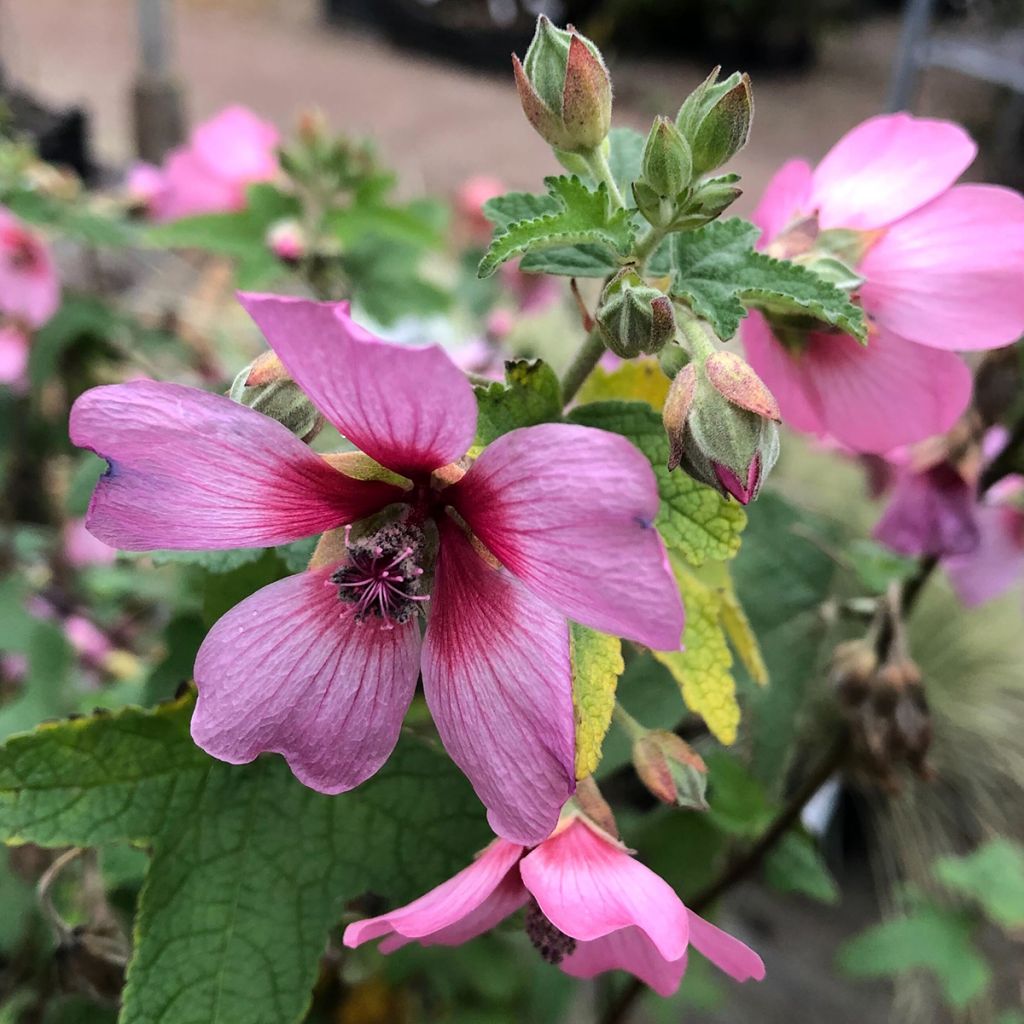

Anisodontea capensis El Rayo
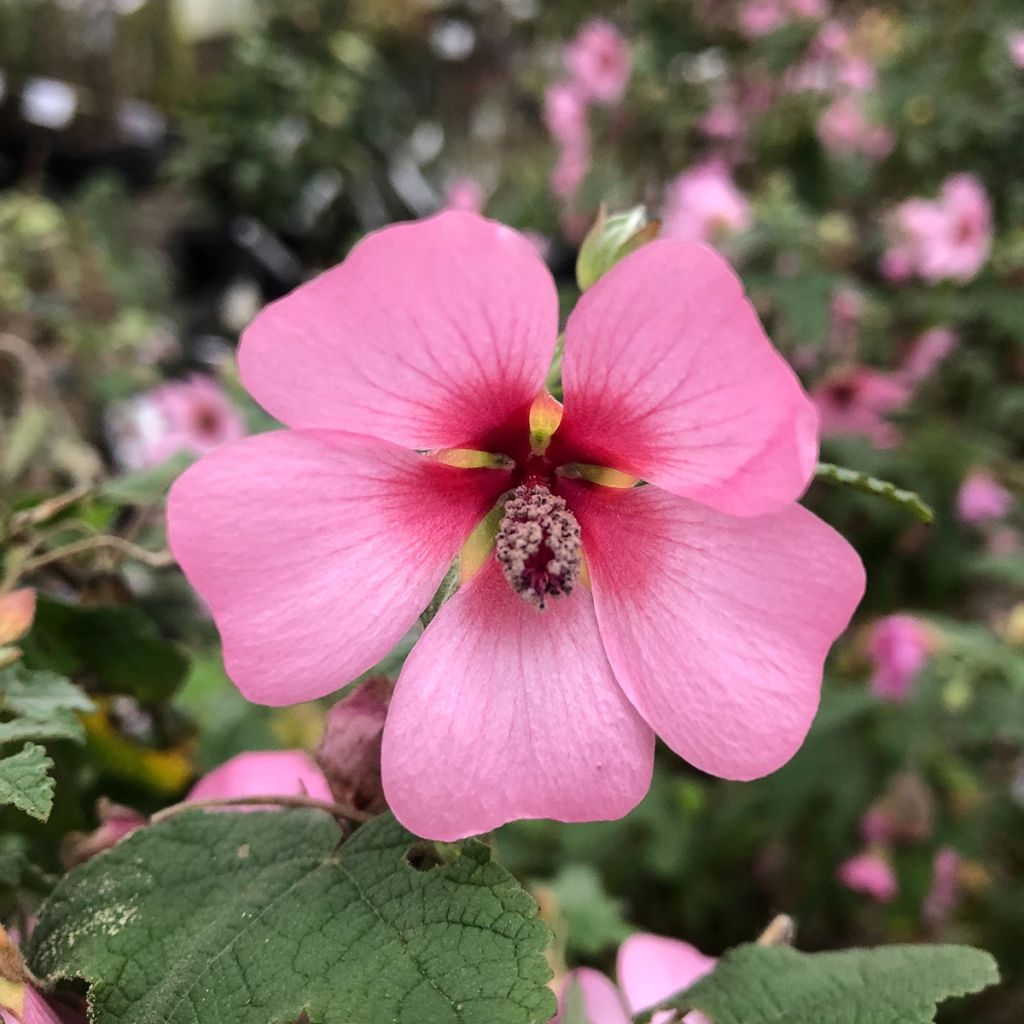

Anisodontea capensis El Rayo
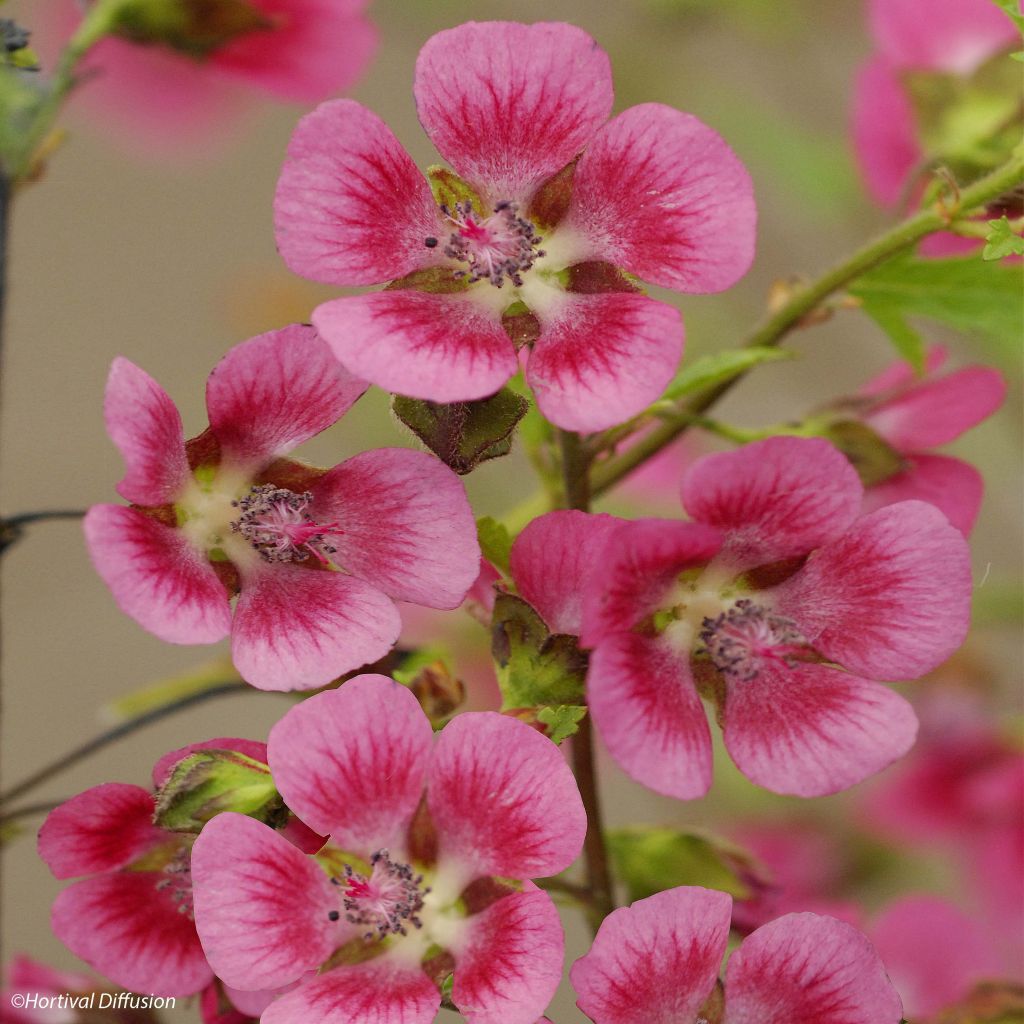

Anisodontea capensis El Rayo
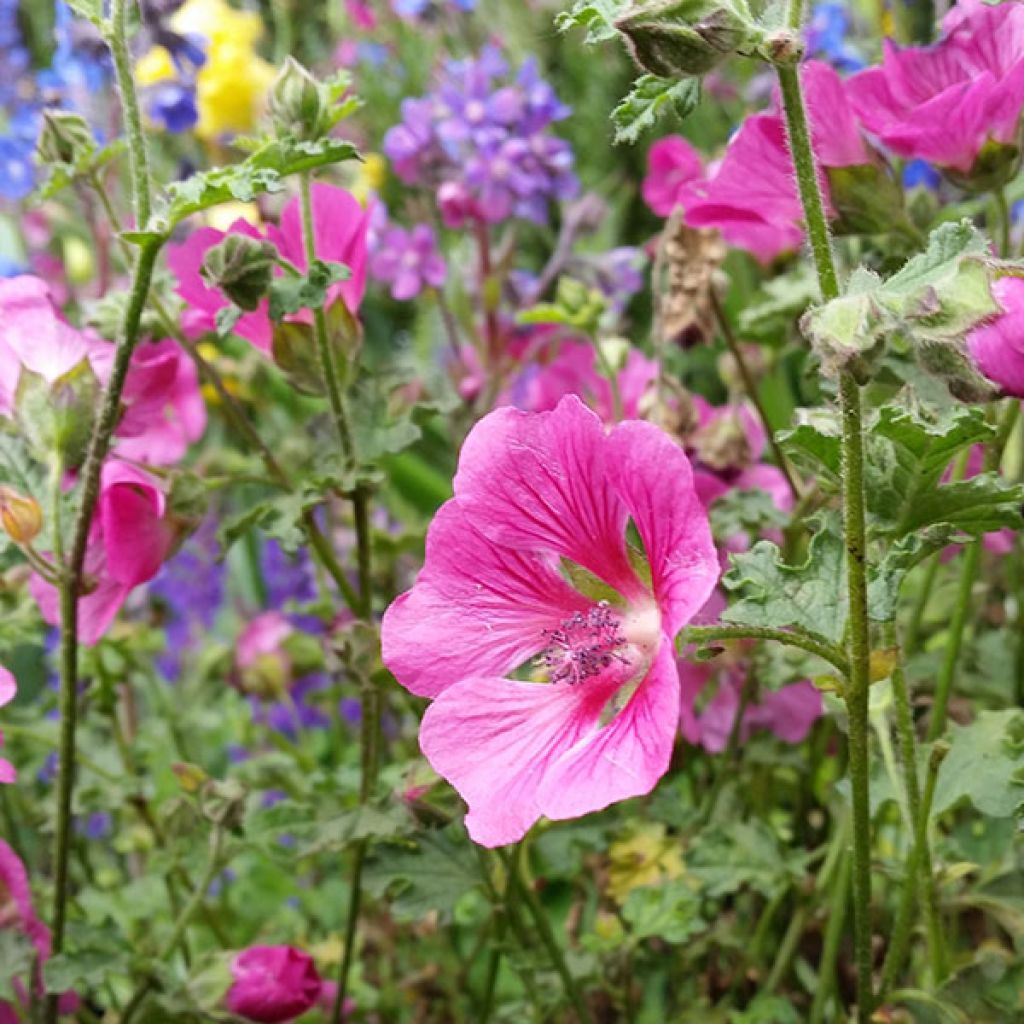

Anisodontea capensis El Rayo
Anisodontea capensis El Rayo
Anisodontea capensis El Rayo
Cape Mallow
Perfect, as expected, very satisfied.
Christine, 11/05/2025
Special offer!
Receive a €20 voucher for any order over €90 (excluding delivery costs, credit notes, and plastic-free options)!
1- Add your favorite plants to your cart.
2- Once you have reached €90, confirm your order (you can even choose the delivery date!).
3- As soon as your order is shipped, you will receive an email containing your voucher code, valid for 3 months (90 days).
Your voucher is unique and can only be used once, for any order with a minimum value of €20, excluding delivery costs.
Can be combined with other current offers, non-divisible and non-refundable.
Home or relay delivery (depending on size and destination)
Schedule delivery date,
and select date in basket
This plant carries a 12 months recovery warranty
More information
We guarantee the quality of our plants for a full growing cycle, and will replace at our expense any plant that fails to recover under normal climatic and planting conditions.


Does this plant fit my garden?
Set up your Plantfit profile →
Description
Anisodontea capensis 'El Rayo' is a variety of flowering bush that is exceptionally floriferous and colourful, equally at home in the ground or in a large pot on the terrace; its small hibiscus-like flowers are a very bright pink, finely veined with red, opening to a purple throat, bringing life to its sparsely vegetated growth from summer to autumn, and even all year round in mild climates. This large flowering bush is hardy down to -8°/ -10°C in well-drained soil. Tireless, undemanding and radiant, it is a plant well-suited to seaside or Mediterranean gardens.
Anisodontea, like flowering mallows, belongs to the large family of Malvaceae. It is a genus native to South Africa, which includes large, woody-based, less hardy flowering bushes. Anisodontea capensis is native to the arid mountainous areas of the Cape Province, and shows good resistance to drought once established in the ground.
The cultivar 'El Rayo' is one of the best horticultural developments in recent years. Half-perennial, half-bush, this plant has a balanced, bushy and upright habit, quickly reaching a height of 1.25 metres (4ft 1in) and a spread of 90cm (35.4in). This small bush has a slightly loose but well-branched growth, offering countless small round flowers measuring 2 to 4cm (0.8 - 1.6in) in diameter, composed of five petals, a beautiful warm pink veined with red, and strongly tinged with purple at the centre. These flowers, appearing in the axils of each leaf, are ephemeral, but they continuously renew themselves from June to October, throughout the growing season, in successive waves induced by appropriate watering and under good growing conditions. The foliage, rather sparse, is evergreen or deciduous depending on the severity of the winter. It consists of highly dissected, wavy and slightly villous leaves of a beautiful dark green, soft to the touch.
Anisodontea 'El Rayo' is unquestionably a fantastic terrace and patio plant, to be stored indoors in a cool and very bright place in cold climates during winter. It thrives in full sun and shows greater longevity in well-drained soil. In regions with mild winters, it will look beautiful in a small informal hedge, or in a bed of blue-flowering bushes (Buddleia 'Lochinch', Ceanothus 'Concha') that will enhance its bright pink flowering. It also pairs well with the delicate foliage of Nandina domestica and its varieties, or with pink flowers and purple foliage (Cotinus 'Royal Purple', Pittosporum 'Tom Thumb'). Its moderate growth allows it to be planted as a standalone specimen or to mark an entrance, for example. It creates a romantic atmosphere when combined with Perennial Salvias, or with its cousins, Hollyhocks and Malva sylvestris.
Anisodontea capensis El Rayo in pictures
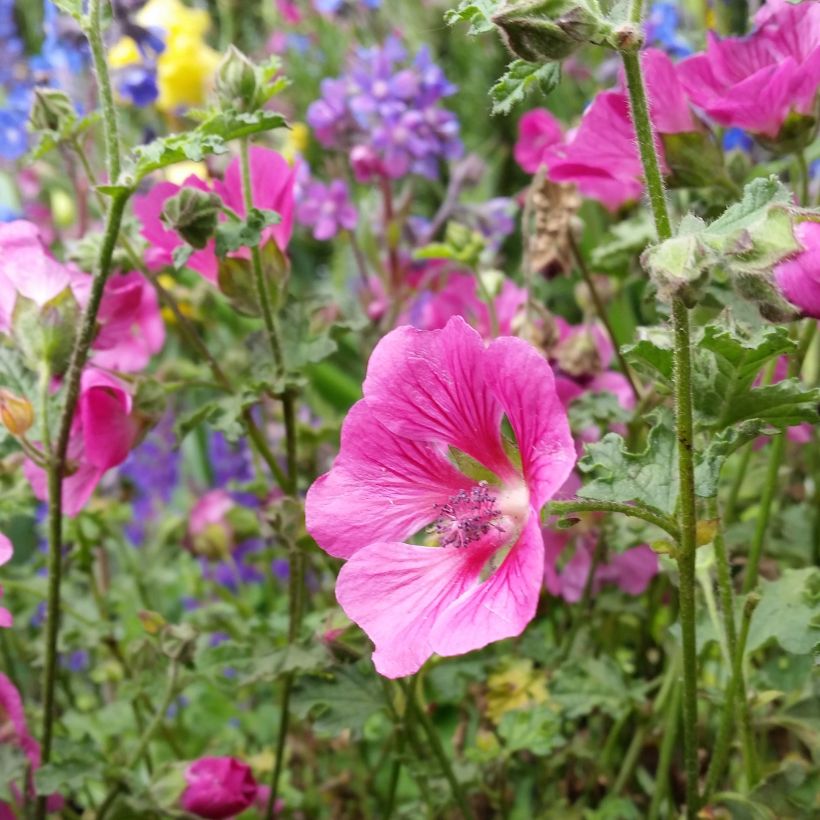

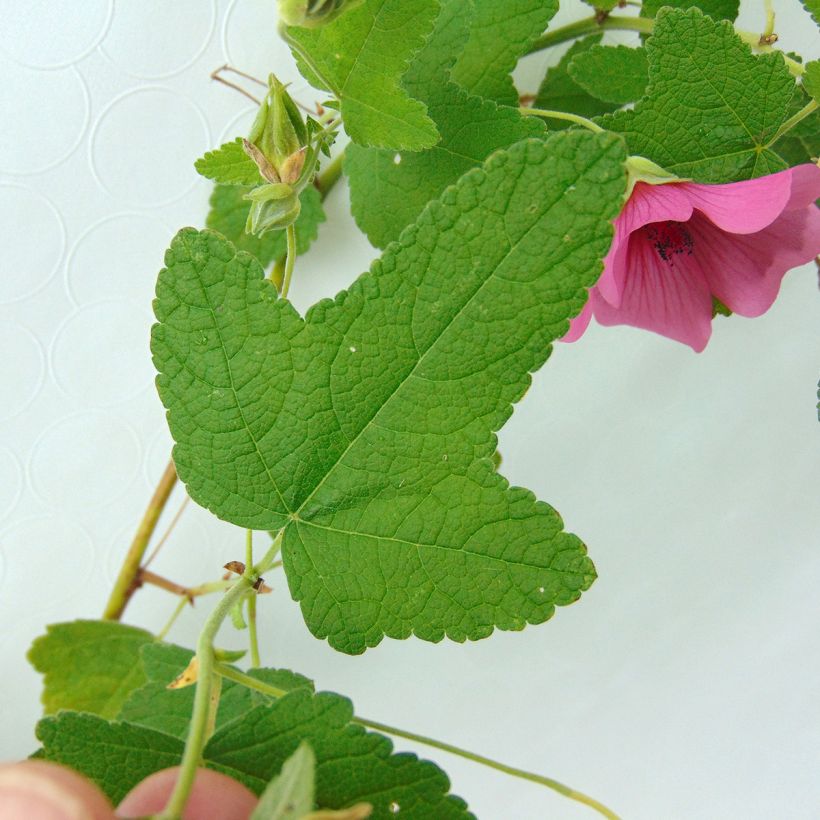



Flowering
Foliage
Plant habit
Botanical data
Anisodontea
capensis
El Rayo
Malvaceae
Cape Mallow
Cultivar or hybrid
Other Anisodontea
View all →Planting and care
In open ground, in mild climate, plant Anisodontea capensis 'El Rayo' in full sun, in light, deep but well-drained soil, even limestone. Protect it from cold and drying winds in exposed regions. Once well established, it withstands drought very well, but will be less floriferous (it will go into dormancy) during the hottest months if water is lacking. Do not hesitate to cut off faded flowers, regular pruning and watering stimulate vegetation, therefore flowering, and plants are stronger. At the end of winter, shorten the stems by about 1/3 of their length, to prevent the plant from becoming bare at the bottom. These plants have a relatively short lifespan when grown in pots, but are more perennial in open ground, in mild climate.
Growing in a pot is very suitable for this bush. Install it in a large container and use fertile horticultural soil or special planting soil. Water regularly and abundantly, while allowing the substrate to dry out a bit between waterings. Growing Anisodontea capensis El Rayo indoors is possible provided that the plant is given a period of vegetative rest in winter, in a cool and well-lit place, but in a frost-free environment and with reduced water supply.
Planting period
Intended location
Care
Planting & care advice
-
, onOrder confirmed
Reply from on Promesse de fleurs
Similar products
Haven't found what you were looking for?
Hardiness is the lowest winter temperature a plant can endure without suffering serious damage or even dying. However, hardiness is affected by location (a sheltered area, such as a patio), protection (winter cover) and soil type (hardiness is improved by well-drained soil).

Photo Sharing Terms & Conditions
In order to encourage gardeners to interact and share their experiences, Promesse de fleurs offers various media enabling content to be uploaded onto its Site - in particular via the ‘Photo sharing’ module.
The User agrees to refrain from:
- Posting any content that is illegal, prejudicial, insulting, racist, inciteful to hatred, revisionist, contrary to public decency, that infringes on privacy or on the privacy rights of third parties, in particular the publicity rights of persons and goods, intellectual property rights, or the right to privacy.
- Submitting content on behalf of a third party;
- Impersonate the identity of a third party and/or publish any personal information about a third party;
In general, the User undertakes to refrain from any unethical behaviour.
All Content (in particular text, comments, files, images, photos, videos, creative works, etc.), which may be subject to property or intellectual property rights, image or other private rights, shall remain the property of the User, subject to the limited rights granted by the terms of the licence granted by Promesse de fleurs as stated below. Users are at liberty to publish or not to publish such Content on the Site, notably via the ‘Photo Sharing’ facility, and accept that this Content shall be made public and freely accessible, notably on the Internet.
Users further acknowledge, undertake to have ,and guarantee that they hold all necessary rights and permissions to publish such material on the Site, in particular with regard to the legislation in force pertaining to any privacy, property, intellectual property, image, or contractual rights, or rights of any other nature. By publishing such Content on the Site, Users acknowledge accepting full liability as publishers of the Content within the meaning of the law, and grant Promesse de fleurs, free of charge, an inclusive, worldwide licence for the said Content for the entire duration of its publication, including all reproduction, representation, up/downloading, displaying, performing, transmission, and storage rights.
Users also grant permission for their name to be linked to the Content and accept that this link may not always be made available.
By engaging in posting material, Users consent to their Content becoming automatically accessible on the Internet, in particular on other sites and/or blogs and/or web pages of the Promesse de fleurs site, including in particular social pages and the Promesse de fleurs catalogue.
Users may secure the removal of entrusted content free of charge by issuing a simple request via our contact form.
The flowering period indicated on our website applies to countries and regions located in USDA zone 8 (France, the United Kingdom, Ireland, the Netherlands, etc.)
It will vary according to where you live:
- In zones 9 to 10 (Italy, Spain, Greece, etc.), flowering will occur about 2 to 4 weeks earlier.
- In zones 6 to 7 (Germany, Poland, Slovenia, and lower mountainous regions), flowering will be delayed by 2 to 3 weeks.
- In zone 5 (Central Europe, Scandinavia), blooming will be delayed by 3 to 5 weeks.
In temperate climates, pruning of spring-flowering shrubs (forsythia, spireas, etc.) should be done just after flowering.
Pruning of summer-flowering shrubs (Indian Lilac, Perovskia, etc.) can be done in winter or spring.
In cold regions as well as with frost-sensitive plants, avoid pruning too early when severe frosts may still occur.
The planting period indicated on our website applies to countries and regions located in USDA zone 8 (France, United Kingdom, Ireland, Netherlands).
It will vary according to where you live:
- In Mediterranean zones (Marseille, Madrid, Milan, etc.), autumn and winter are the best planting periods.
- In continental zones (Strasbourg, Munich, Vienna, etc.), delay planting by 2 to 3 weeks in spring and bring it forward by 2 to 4 weeks in autumn.
- In mountainous regions (the Alps, Pyrenees, Carpathians, etc.), it is best to plant in late spring (May-June) or late summer (August-September).
The harvesting period indicated on our website applies to countries and regions in USDA zone 8 (France, England, Ireland, the Netherlands).
In colder areas (Scandinavia, Poland, Austria...) fruit and vegetable harvests are likely to be delayed by 3-4 weeks.
In warmer areas (Italy, Spain, Greece, etc.), harvesting will probably take place earlier, depending on weather conditions.
The sowing periods indicated on our website apply to countries and regions within USDA Zone 8 (France, UK, Ireland, Netherlands).
In colder areas (Scandinavia, Poland, Austria...), delay any outdoor sowing by 3-4 weeks, or sow under glass.
In warmer climes (Italy, Spain, Greece, etc.), bring outdoor sowing forward by a few weeks.






























